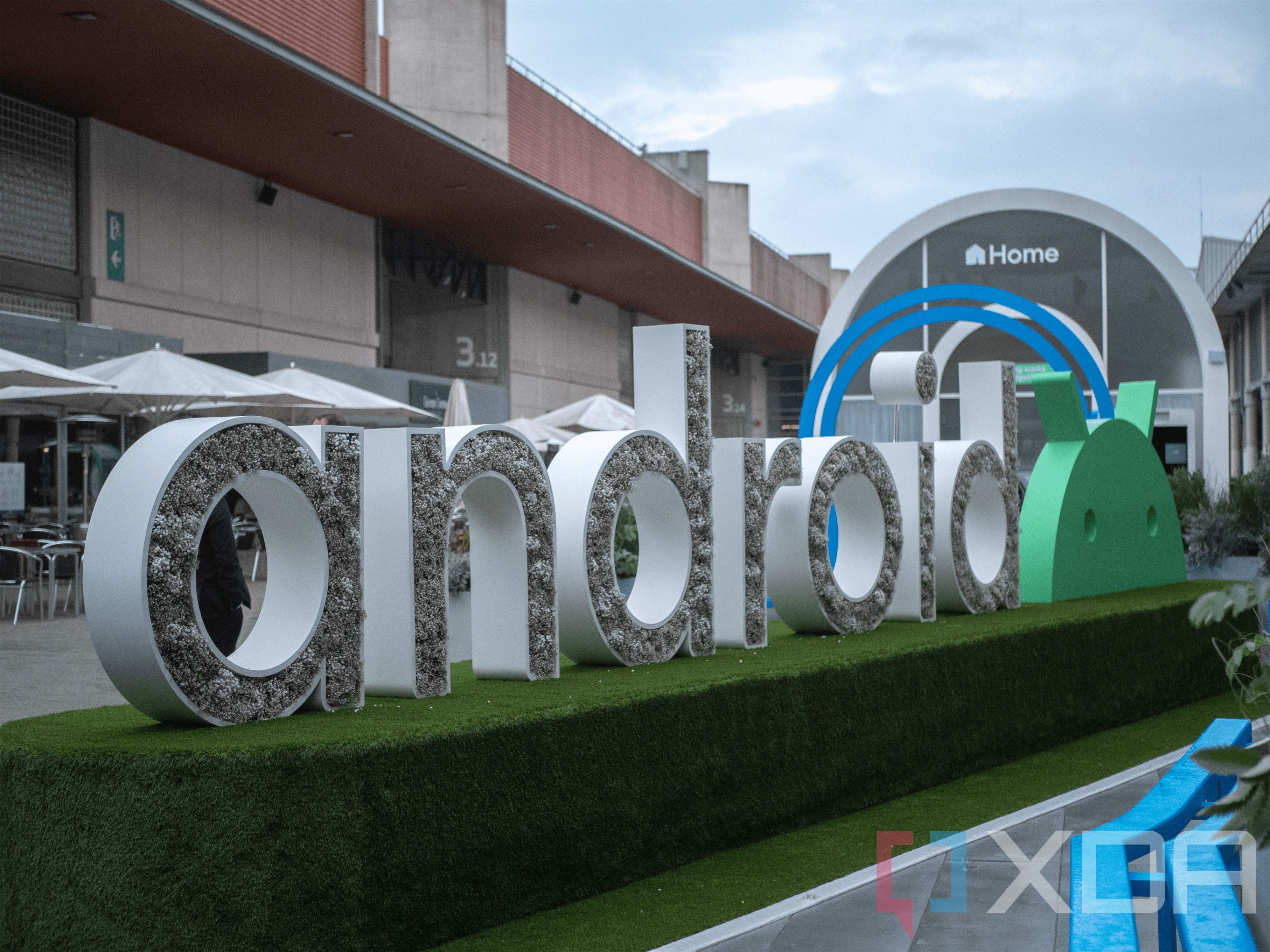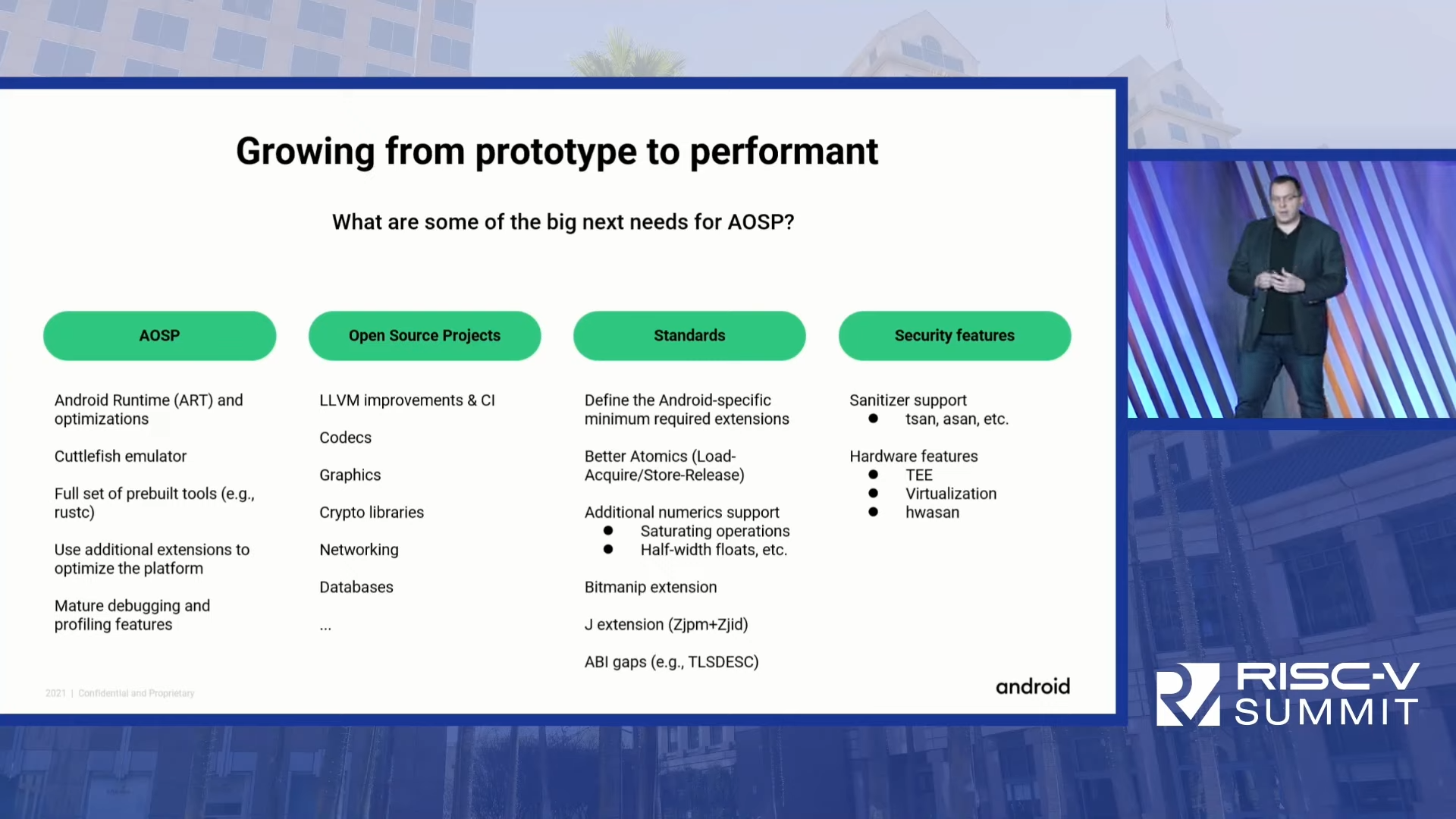Google has officially announced support for the RISC-V architecture, which is an alternative ISA with no license fees.
The Android operating system, developed by Google, currently supports a few different instruction set architectures (ISAs), such as Arm and x86. Most devices running Android, including smartphones, tablets, TVs, and smartwatches, use ARM-based chips. Intel has stopped producing CPUs for phones, and MIPS support was removed in the NDK 17 revision. However, the ISA that has a lot of chatter is slearner meconstruction set al cComputer V, RISC-V, which is a free and open ISA. Anyone is free to design chips built on it without paying any licensing or royalty fees, and Google announced official support for it at the company’s keynote during the RISC-V summit.
RISC-V is special because ISA is free and open, and vendors who want to make cheap IoT products will be interested in using RISC-V to develop low-cost chips. At the same time, companies seeking to reduce their dependence on competitors or foreign entities will look hard. Interestingly, Google is already using it RISC-V architecture for the Titan M2 security chip in the Google Pixel series, and Intel is now offering to manufacture RISC-V chips for commercial customers.
In the company’s keynote, Android Engineering Director Lars Bergström said he wanted RISC-V to be seen as a “tier 1 platform” in Android. That’s on par with what Arm currently stands for Android, and it’s a fairly bold step to take in the face of what previously seemed like a complete indifference from Google. Android Team, in response to ArsTechnicaRon Amadeo, when the team asked if RISC-V support was on the cards at Google I/O 2022, seemed to imply that RISC-V wasn’t coming anytime soon. Amadeo’s question regarding RISC-V support in the future was answered with “We’re watching, but it would be a big change for us.”
Bergstrom says you can download and try a very limited version of Android for RISC-V right now, but it lacks Android Runtime (ART) support for Java workloads. He said he expects official emulator support to come soon, with ART due sometime in the first quarter of 2023. He shared the slide above, which shows that while there’s a lot to do to get AOSP off the ground on RISC-V, the company is committed to the architecture. .
The best part of all of this is that developers won’t have to do much to run their applications on RISC-V hardware. ART essentially “translates” the bytecode into native instructions for the device it’s running on, so it will translate to RISC-V instead of ARM. Native code is a different story, but Java code makes up the entirety of most Android apps.
As to why companies are looking to jump from Arm, there are several reasons. For starters, the company has been incredibly volatile. Its owner, SoftBank, tried to sell the company to Nvidia, though that failed. In addition, Arm has become a pawn of trade sanctions imposed on companies like Huawei, as it was forced to cut off communication for several months. Even worse, Arm sued Qualcomm for buying Nuvia, and it’s not a good idea to sue one of your biggest customers.
RISC-V is seen as an escape from Western dependence, and much of this is due to the founding of RISC-V International in Switzerland. It can act as a neutral party to both the US and China, making it an attractive option for companies looking to design a chip. Alibaba is one of the biggest supporters of RISC-V, and the company’s engineers ported Android 10 to a RISC-V board two years ago.
We’ll watch and see how RISC-V shapes up over the coming months. While it will likely be some time before we see viable flagship devices with RISC-V chipsets on the market, Google is definitely opening the door for companies to try them out.
Source: The Google
Through: ArsTechnica
[ad_2]






